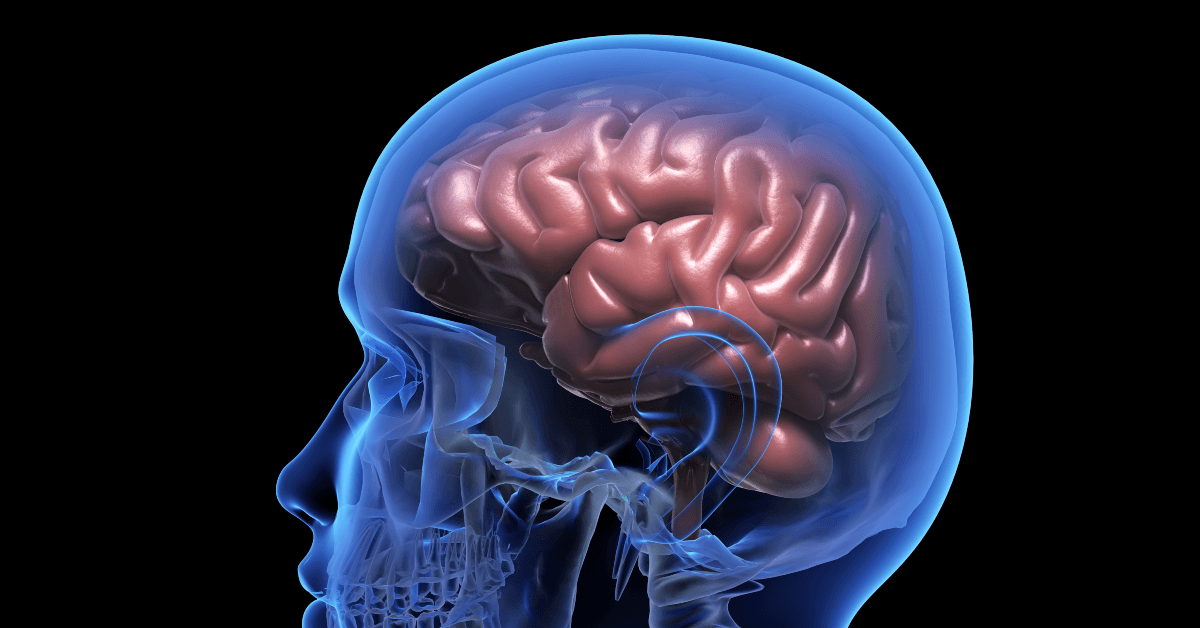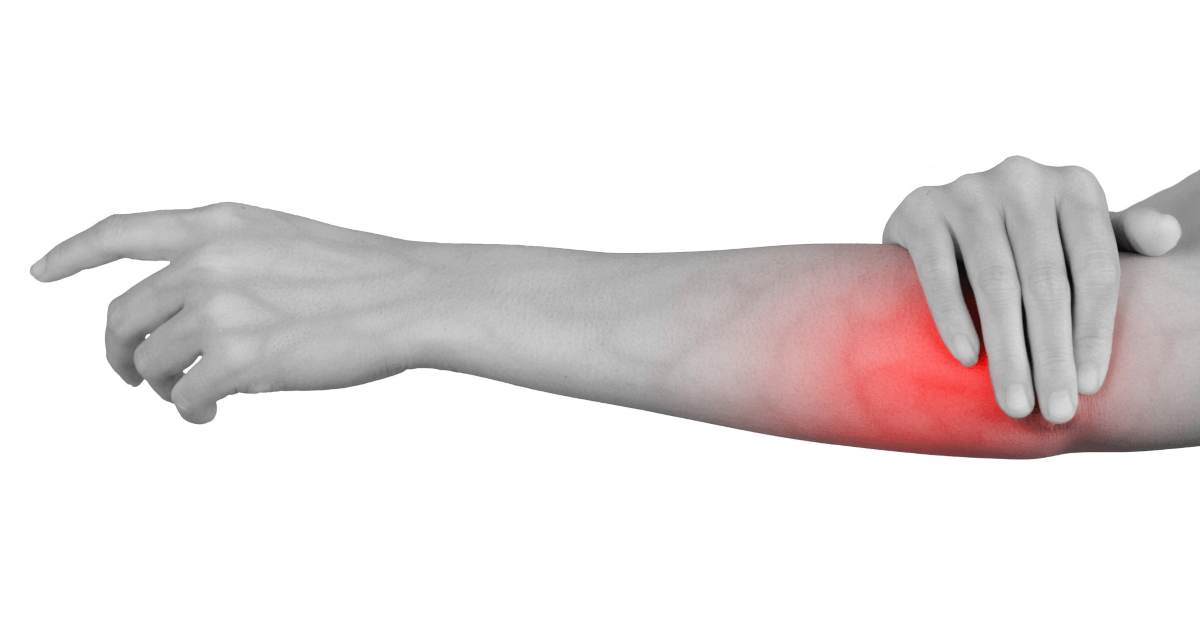
SI Joint Dysfunction:
Sacro-iliac (SI) Joint dysfunction is often misdiagnosed in people suffering from chronic low backpain. As with other joints in the body, the SI Joint can become damaged, suffer from wear and tear, or the ligaments supporting the joint may be stretched or injured. This may result in altered function of the SI Joint (referred to as SI joint dysfunction) which may cause pain in the buttocks, lower back or spine, pelvis and groin, and even the legs.
Pain in the lower back and buttocks may be caused by the SIJoint, hip, spine, or a combination of these structures. It is important that your doctor thoroughly evaluate ALL potential pain sources during a lower back pain exam in order to give you the proper diagnosis of your symptoms and prescribe the right path of treatment.
For most of the last century, doctors were taught that the SIJoint did not move and therefore could not be a source of low backpain. Today, we know that's not true. Finding a doctor who is well trained in SIJoint diagnosis and treatment gives you a strong opportunity to understand the true source of your pain and step toward the correct treatment for you.
Our surgeons at Neurosurgery of Central Florida are constantly striving to provide the most advanced care for our patients, exploring technologies that reduce discomfort and improve quality of life. We are proud to offer minimally invasive procedures to patients with SIJoint dysfunction as an option for their chronic lower backpain.
Neurosurgery of Central Florida offers these minimally invasive surgical options for patients where conservative treatment methods are no longer helpful. Learn more about this innovative solution that provides patients lasting relief from chronic lower backpain related to the SIJoint.
If you think your SIJoint may be contributing to your chronic lower backpain, Contact us to schedule an evaluation appointment today!







